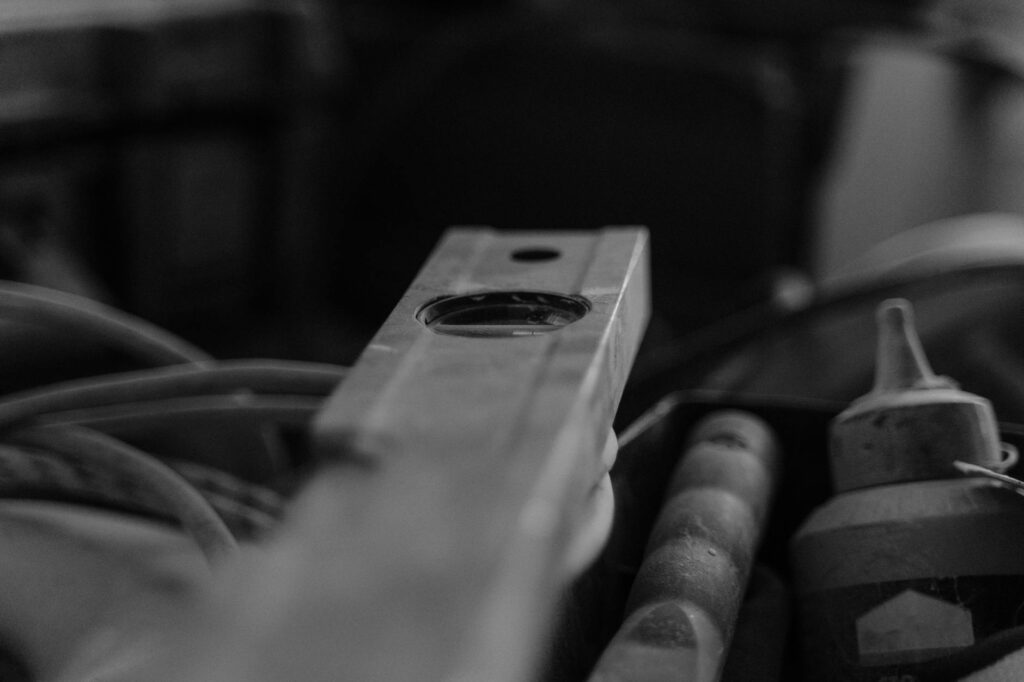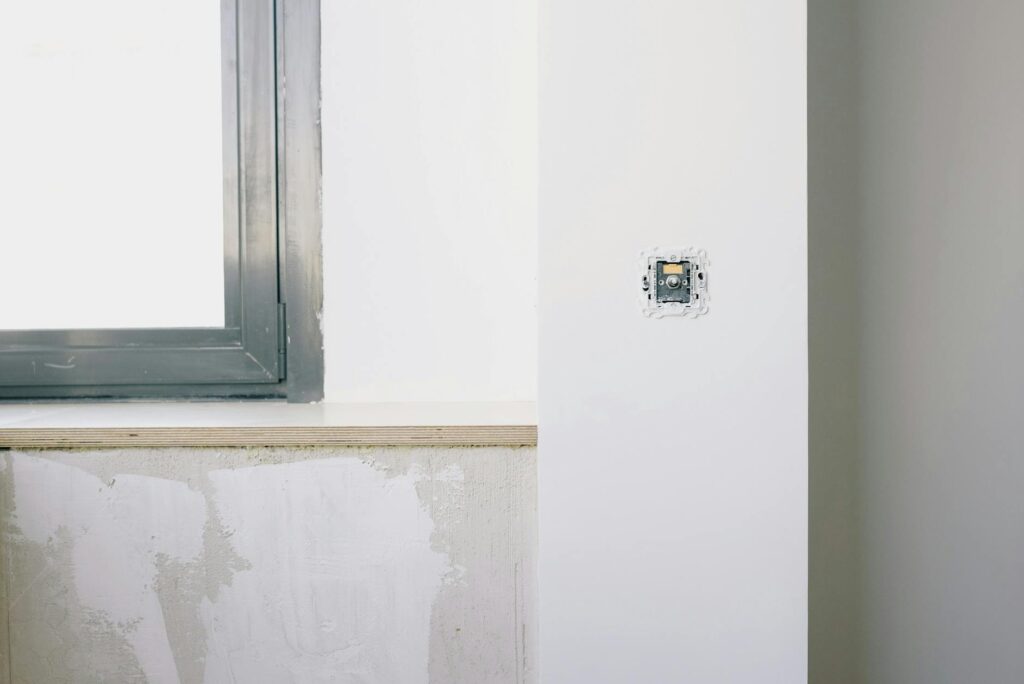We all want a home that’s beautiful, functional, and reflects our personal style. But sometimes, even with the best intentions, we make interior design mistakes that can hinder our goals. This post highlights common pitfalls and provides actionable solutions to help you create the space of your dreams.
Ignoring Natural Light
Maximizing natural light is crucial for a bright and airy feel. Avoid blocking windows with heavy furniture or dark curtains. Consider using sheer curtains or blinds to allow light to filter through while maintaining privacy.  Smart placement of mirrors can also help bounce light around the room, making it feel larger and more open. Learn more about maximizing natural light in our other blog post.
Smart placement of mirrors can also help bounce light around the room, making it feel larger and more open. Learn more about maximizing natural light in our other blog post.
Neglecting Scale and Proportion
Choosing furniture that’s too large or too small for a space is a common mistake. Before buying anything, measure your room and the furniture carefully. Oversized furniture can make a room feel cramped, while undersized pieces can get lost in the space. Consider the scale of your furniture in relation to the room’s dimensions. 
Overlooking the Power of Texture
Texture adds depth and visual interest. Don’t be afraid to mix different textures, such as smooth velvet with rough-hewn wood or plush rugs with sleek metal accents. This creates a more dynamic and engaging space. For inspiration, check out these texture ideas.
Ignoring the Rule of Three
The rule of three is a design principle that suggests grouping items in threes for a visually appealing arrangement. This applies to everything from artwork and accessories to plants and candles. It creates balance and prevents a room from looking cluttered or monotonous. Learn more about design principles here.
Color Palette Chaos
A cohesive color palette is essential for a harmonious design. Start by choosing a few key colors that complement each other and then use variations of those colors throughout the space. Don’t be afraid to incorporate neutrals to balance bolder colors. Explore color palette generators to help.
Forgetting Functionality
Prioritize functionality when designing your space. Consider how you will use each room and choose furniture and accessories that support your lifestyle. A beautiful room that isn’t functional is ultimately frustrating. 
Underestimating the Impact of Lighting
Lighting sets the mood and enhances the overall design. Use a combination of ambient, task, and accent lighting to create a layered and inviting atmosphere. Ambient lighting provides overall illumination, task lighting illuminates specific areas, and accent lighting highlights features like artwork. Check out this article on lighting for more.
Clutter Overload
Clutter can make even the most stylish space feel cramped and disorganized. Regularly declutter and organize your belongings. Invest in storage solutions that keep things tidy and out of sight. A minimalist approach can greatly improve the overall feel of your home. Learn more about decluttering techniques.
By avoiding these common interior design mistakes, you can create a space that is both beautiful and functional, reflecting your personal style and enhancing your overall well-being. Remember to have fun with the process and experiment with different ideas until you achieve your dream interior.
Frequently Asked Questions
What is the most important element in interior design? Functionality and personal style are key, but understanding light and proportion is fundamental.
How do I choose the right color palette? Start with a mood board, select a few key colors, and consider how they interact with natural light.
How can I make a small space feel bigger? Use light colors, mirrors, and multi-functional furniture, and avoid overcrowding.
What is the best way to declutter my home? Start by sorting items into categories (keep, donate, discard), then focus on storage solutions for the things you choose to keep.





